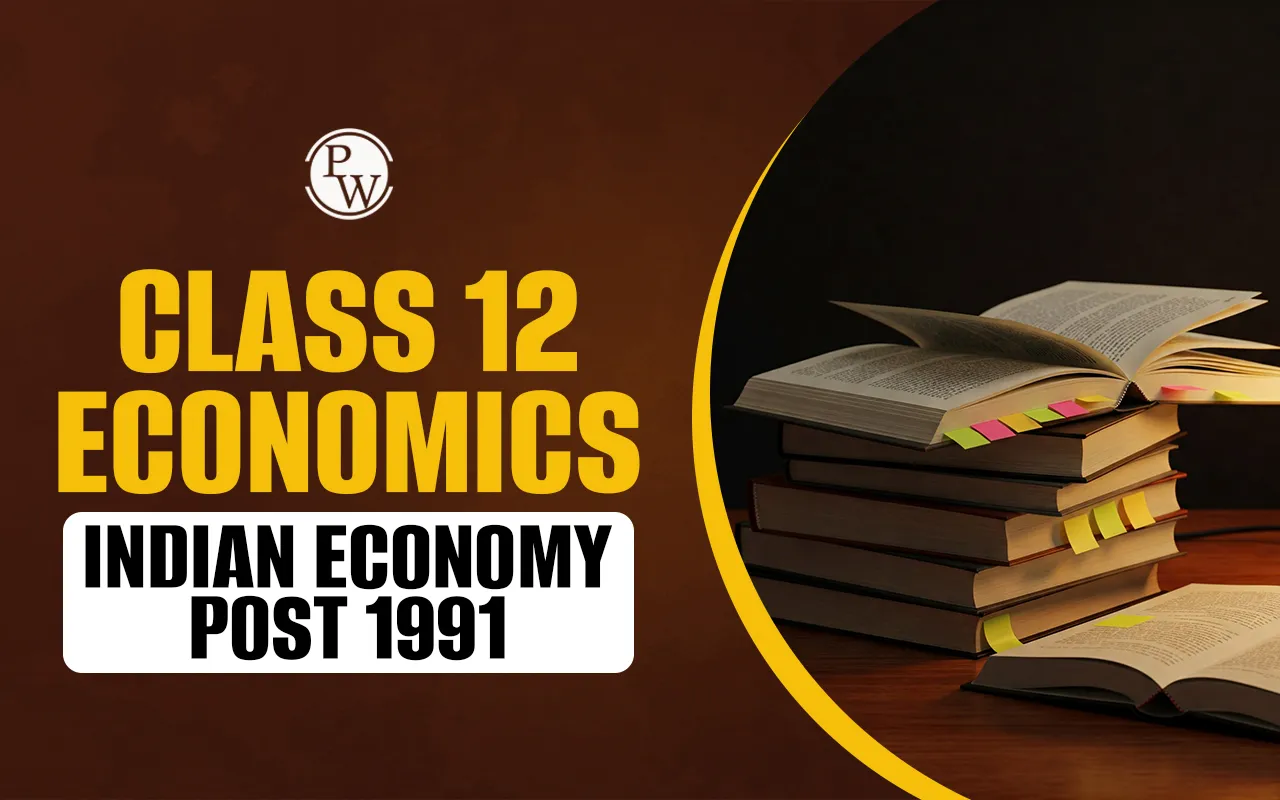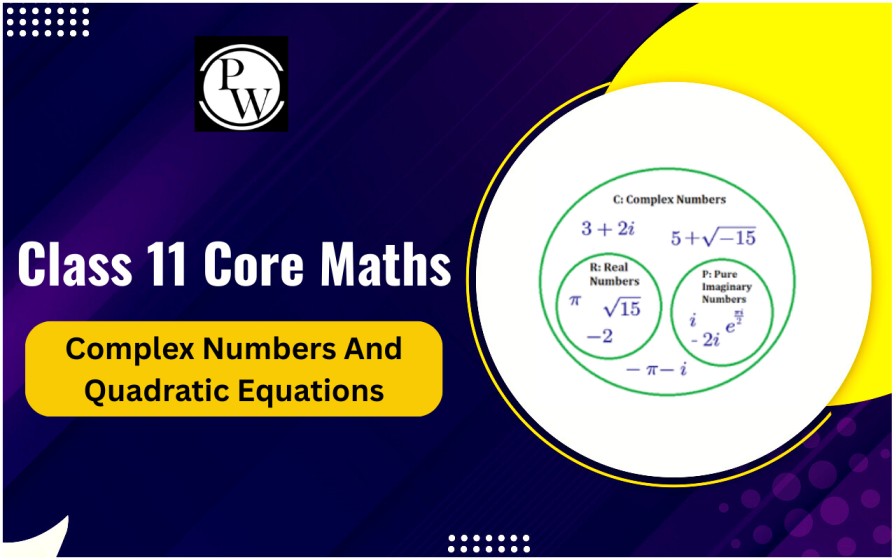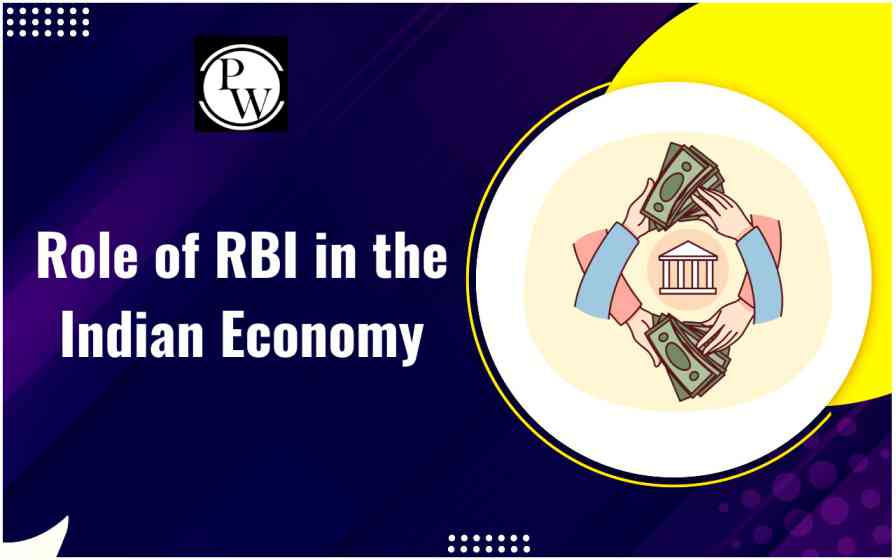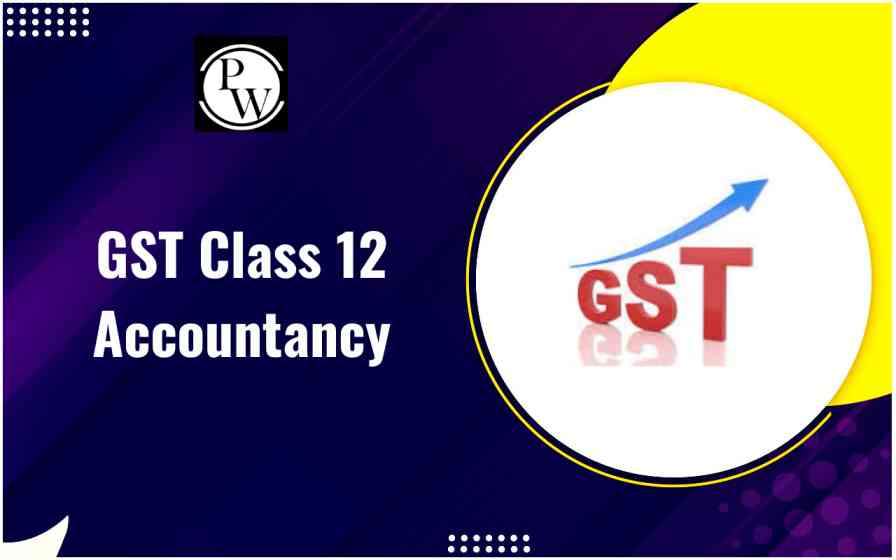
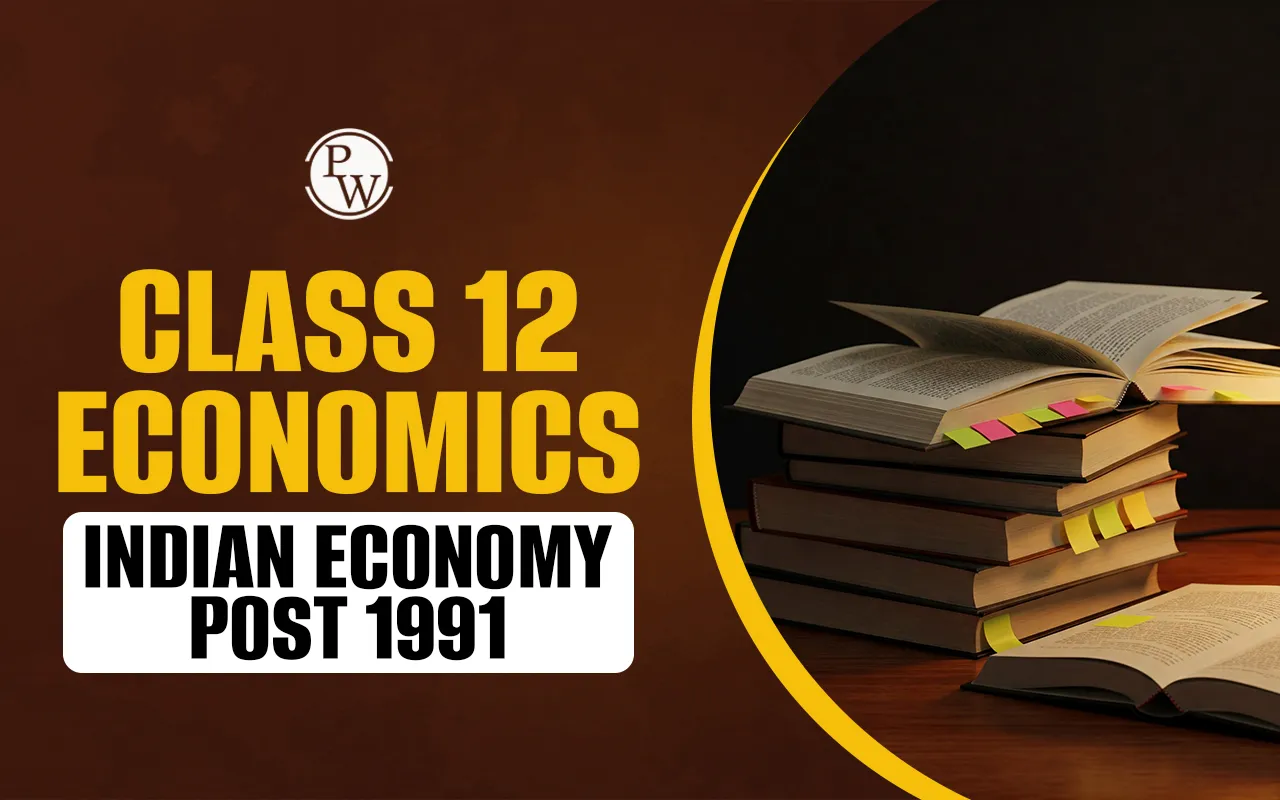
Indian Economy 1991 Reforms Class 12: The year 1991 was very important for the Indian economy. During this year, India made big changes in how the economy works. These changes are called the Indian Economy 1991 Reforms Class 12. The main reason for these changes was to fix the serious money problems India was facing and to make the economy stronger and work better. These reforms are also known as LPG reforms, which means Liberalisation, Privatisation, and Globalisation.
Below, we’ve mentioned why these reforms were needed, what their goals were, and the important steps taken under the Indian Economy 1991 Reforms Class 12. The ideas are explained in a simple way, just like in CBSE economics notes for students.
Background of the Indian Economy 1991 Reforms Class 12
In 1991, India was facing a major financial crisis. The government had very low foreign exchange reserves, high inflation, and rising debt. Due to this, India was unable to pay for essential imports like oil and was close to defaulting on loans. To handle this crisis, the government introduced the Indian Economy 1991 Reforms Class 12. These reforms were supported by the International Monetary Fund (IMF) and the World Bank.
The Prime Minister at that time was P.V. Narasimha Rao, and Dr. Manmohan Singh was the Finance Minister. They played a major role in bringing the country out of the crisis.
Objectives of Indian Economy 1991 Reforms Class 12
The main goals of the Indian Economy 1991 Reforms Class 12 were:
- To reduce the problems of inflation and balance of payments.
- To make the Indian economy open to global trade.
- To increase the growth rate of the economy.
- To make industries more efficient by reducing unnecessary restrictions.
- To allow private companies to take part in economic development.
These reforms focused on economic liberalisation, privatisation, and globalisation, known together as LPG reforms class 12.
Three Pillars of Indian Economy 1991 Reforms Class 12
The reforms introduced in 1991 are divided into three main areas:
1. Liberalisation
Economic liberalisation means removing government control and restrictions from different areas of the economy. Before 1991, the government controlled many things like industrial production, import of goods, and setting interest rates. After liberalisation:
- Banks were allowed to set their own interest rates.
- Small industries could invest more in their business.
- Indian companies were allowed to import machinery and raw materials more freely.
- Restrictions on the production capacity of industries were removed.
- The MRTP Act was relaxed, which had earlier limited the size of companies.
- Licensing was removed for most industries except a few like liquor, cigarettes, explosives, and defence.
2. Privatisation
Privatisation means allowing private companies to enter sectors that were previously reserved for the government. Under this part of the Indian Economy 1991 Reforms Class 12:
- Shares of government companies were sold to the public.
- Many public sector units (PSUs) were disinvested.
- The number of sectors reserved for the public sector was reduced from 17 to just 3: railways, atomic energy, and mining of atomic minerals.
3. Globalisation
Globalisation means connecting the Indian economy with the global market. The steps taken under globalisation in the Indian Economy 1991 Reforms Class 12 include:
- Reducing import duties and allowing more goods to be traded.
- A new long-term trade policy was introduced.
- Restrictions on imports were reduced.
- Foreign companies were allowed to invest more in Indian businesses.
- The Indian rupee was made partially convertible.
- FEMA (Foreign Exchange Management Act) replaced the earlier FERA law.
Effects of Indian Economy 1991 Reforms Class 12
The Indian Economy 1991 Reforms Class 12 had many effects on different sectors:
- After the introduction of the Indian Economy 1991 Reforms Class 12, several major changes took place:
- There was a noticeable growth in sectors such as telecom, aviation, and IT. These industries expanded rapidly due to fewer government restrictions and the adoption of modern technology.
- Foreign investments in India increased as the economy became more open and attractive to global companies. This helped bring new capital, advanced methods, and global partnerships.
- Many new jobs were created in both urban and rural areas, especially in the service and industrial sectors. This helped reduce unemployment and improve living standards.
- Private companies saw more growth and participation across different sectors, leading to better products, improved services, and a stronger economy.
Importance for Class 12 Students
The topic Indian Economy 1991 Reforms Class 12 is very important for board exams. It is also helpful for students preparing for competitive exams. The keywords like economic liberalisation, LPG reforms, class 12, and CBSE eco notes should be clearly understood and remembered.
Make short notes from this article and revise them regularly. Focus on the steps taken under each reform and understand their impact on the Indian economy.
The Indian Economy 1991 Reforms Class 12 brought a new direction to the country. These reforms changed the way the economy works and opened the doors to private and foreign investments. Understanding these reforms will give students a clear idea about how India moved from a closed economy to a market-oriented one.
Students should go through their CBSE eco notes and practice questions from this topic. Learn the meaning of economic liberalisation, privatisation, and globalisation in simple words. The Indian Economy 1991 Reforms Class 12 is not just a chapter, but a story of India’s major transformation.
Join PW Commerce Online Course and unlock your potential with quality education and dedicated learning support.
Indian Economy 1991 Reforms Class 12 FAQs
What was the main reason behind the Indian Economy 1991 Reforms, Class 12?
What are the three main components of the Indian Economy 1991 Reforms Class 12?
What does economic liberalisation mean in the context of the Indian Economy 1991 Reforms, Class 12?
How did globalisation impact the Indian Economy 1991 Reforms, Class 12?
Why are the Indian Economy 1991 Reforms Class 12 important for students?

